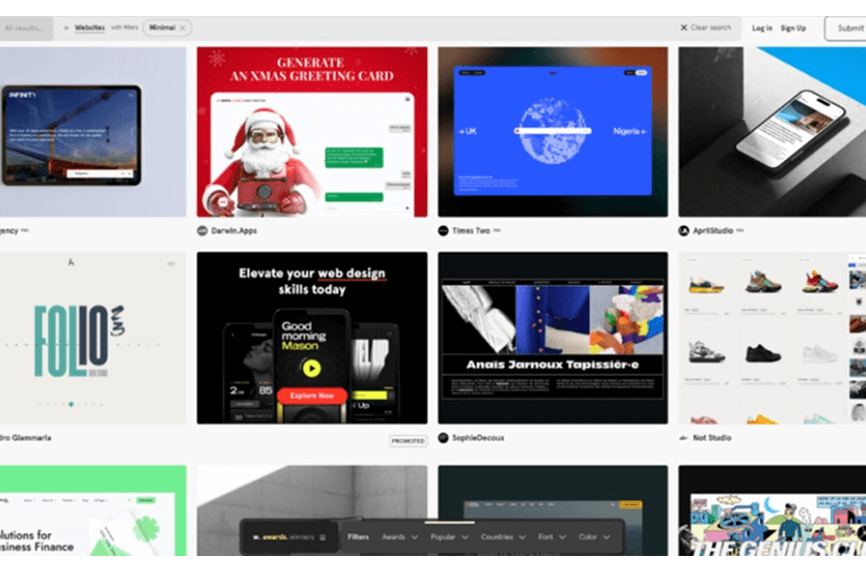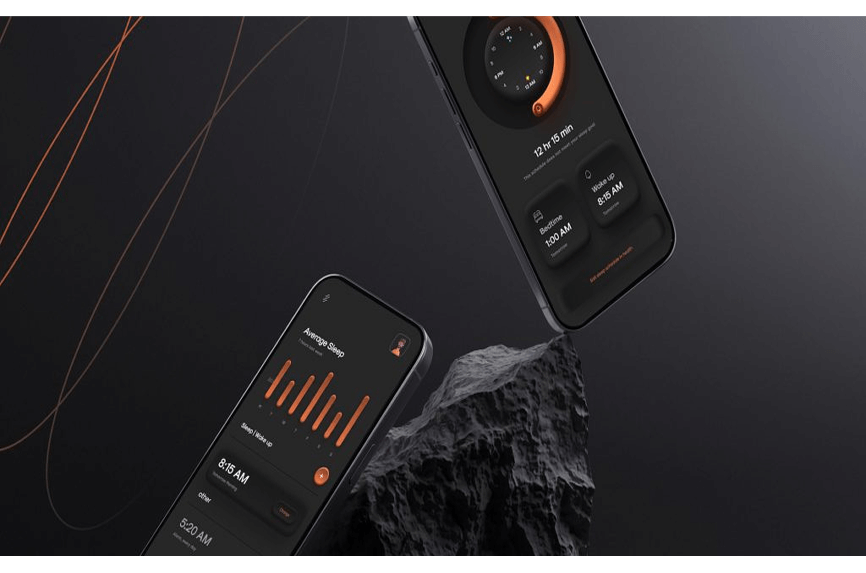A Contemporary Landscape for Digital Thinkers which presents insights into the current paradigm shifts.
Welcome to the future of web design! As we enter 2024, the digital landscape is evolving at an accelerated pace, setting the stage for exciting and innovative web design trends. If you’re a web designer or an aspiring entrepreneur looking to revamp your website, this article is your ultimate guide to staying ahead of the curve.
In this article, we will delve into the biggest 2024 web design trends, bringing you inspiration and practical insights to elevate your online presence. From immersive 3D graphics and interactive animations to minimalist layouts and sophisticated micro-interactions, we will explore the cutting-edge techniques that are reshaping the digital realm.
By incorporating these trends into your web design strategy, you can captivate your audience and create an exceptional user experience that drives conversions. Get ready to explore the future of web design and embrace the possibilities that lie ahead.
Harness the power of technology and design to unlock new opportunities in the digital landscape. Join us as we uncover the game-changing web design trends of 2024 and pave the way to success in the online world.
Importance Of Staying Updated With 2024 Web Design Trends
In today’s fast-paced world, where technology is constantly evolving, web designers must stay updated with the latest trends. Web design trends not only dictate the look and feel of a website but also impact user experience, engagement, and conversions. By incorporating current trends into your web design strategy, you can ensure that your website remains visually appealing, functional, and competitive in the online marketplace.
Staying updated with web design trends allows you to leverage new technologies and techniques to create a memorable and engaging user experience. It helps you stay ahead of your competitors, attract and retain visitors, and drive conversions. By understanding and implementing the latest design trends, you can establish your brand as a leader in your industry and provide a seamless online experience for your audience.
Top Web Design Trends Of 2024
Minimalist Design
Simplicity is the key to success in web design, and minimalist design will continue to dominate the digital landscape in 2024. Minimalist design focuses on clean lines, ample white space, and a limited color palette to create a visually appealing and clutter-free website. With minimalist design, less is more. By removing unnecessary elements and simplifying the user interface, you can create a seamless and intuitive browsing experience for your visitors.

In addition to its aesthetic appeal, minimalist design offers practical benefits. It ensures faster loading times, improved mobile responsiveness, and better accessibility. By eliminating distractions and focusing on the core content and functionality, minimalist design allows users to easily navigate your website and find what they’re looking for.
Dark Mode And Color Schemes
Dark mode has gained significant popularity in recent years, and it continues to be a prominent web design trend in 2024. Dark mode offers a sleek and modern look, reduces eye strain, and conserves battery life on devices. It provides a unique visual experience and allows key elements, such as text and images, to stand out.

In addition to dark mode, color schemes play a crucial role in web design. In 2024, we are seeing bold and vibrant color choices being embraced. From gradients and duotones to contrasting color combinations, designers are using colors to evoke emotions, create visual interest, and differentiate their brand. Choosing the right color scheme that aligns with your brand personality and resonates with your target audience can significantly enhance the visual impact of your website.
Microinteractions And Animations
Microinteractions and animations are powerful tools that add interactivity and engagement to your website. In 2024, we are witnessing the rise of sophisticated micro-interactions that provide subtle feedback, guide user actions, and enhance the overall user experience. From buttons and hover effects to form validation animations, micro-interactions create a sense of delight and make the user interface feel more alive.

Animations, on the other hand, allow you to tell a story, communicate complex ideas, and captivate your audience. From scroll animations to parallax effects, designers are leveraging animations to create dynamic and memorable experiences. However, it’s important to use animations judiciously and ensure they enhance the user experience rather than distract or slow down the website.
3D And Immersive Experiences
As technology continues to evolve, web designers are exploring new ways to create immersive and three-dimensional experiences. In 2024, we are witnessing the integration of 3D graphics, virtual reality, and augmented reality into web design. These technologies allow designers to create interactive and visually stunning experiences that transport users to virtual worlds.

From 3D product visualizations to interactive virtual tours, the possibilities are endless. 3D and immersive experiences not only engage users but also provide a unique opportunity for storytelling and showcasing products or services. However, it’s important to strike a balance between aesthetics and performance to ensure optimal website speed and accessibility.
Voice User Interface (VUI) And Chatbots
With the rise of virtual assistants and smart speakers, voice user interface (VUI) has become an integral part of web design in 2024. Voice commands and interactions allow users to navigate websites, perform tasks, and access information hands-free. By implementing VUI, you can provide a convenient and efficient user experience, especially for users with disabilities, busy lifestyles, or limited mobility.

In addition to VUI, chatbots are gaining popularity as a means of enhancing customer support and engagement. Chatbots can provide instant responses, guide users through websites, and even perform transactions. By integrating chatbots into your website, you can provide personalized and real-time assistance to your visitors, improve customer satisfaction, and drive conversions.
Personalized And Dynamic Content
In 2024, personalization is key to creating a memorable and engaging user experience. Users expect websites to deliver relevant content that caters to their individual needs and preferences. By leveraging data analytics, artificial intelligence, and machine learning, web designers can create personalized experiences that adapt to each user’s behavior, location, and interests.

Dynamic content, such as dynamic landing pages and personalized recommendations, allows you to serve relevant content based on user interactions and context. By delivering targeted and timely content, you can increase user engagement, encourage repeat visits, and drive conversions. However, it’s important to respect user privacy and ensure that data collection and personalization practices are transparent and secure.
Conclusion: Embracing Web Design Trends For Success In 2024
In the era of data-driven marketing, personalization has become a key differentiator in web design. In 2024, web designers are leveraging user data and advanced analytics to deliver personalized and dynamic content that resonates with individual users.
Personalized content goes beyond simple greetings or recommendations based on browsing history. It involves tailoring the entire website experience based on user preferences, behavior, and demographics. By understanding your audience and delivering relevant content, you can create a more engaging and meaningful experience that drives conversions.
Dynamic content, on the other hand, allows web designers to create websites that adapt and evolve based on real-time data. Whether it’s displaying different content based on the time of day or customizing the user interface based on location, dynamic content ensures that each user receives a unique and tailored experience.
To implement personalized and dynamic content, web designers are leveraging technologies such as artificial intelligence, machine learning, and predictive analytics. These technologies enable websites to learn from user interactions and deliver content that matches their interests and needs. However, it’s crucial to handle user data responsibly and ensure compliance with privacy regulations.
